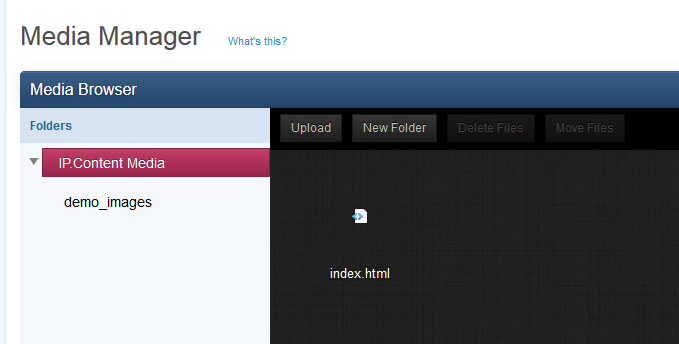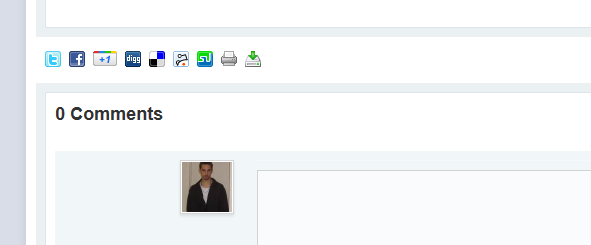Välkommen till Merhaba.se! - Mötesplatsen för alla oss med någon form av anknytning till Turkiet.

Merhaba! (hej på Turkiska)
Detta är mötsplatsen för alla som som vill utbyta erfarenheter om det fantastiska Turkiet.
Oavsett om du är en nyfiken "turist" som står inför ditt första besök av landet, är van turkiet-resenär eller rentav bor där så har du kommit till rätt webbplats.
Du besöker oss just nu som Gäst vilket ger dig en något begränsad tillgång till vårt ständigt växande informationsunderlag. Vi råder dig därför, att helt kostnadsfritt registrera dig som Medlem så att du får full access samt möjlighet att dela med dig av dina egna erfarenheter i vårt forum, ladda upp foton i bildarkivet, starta upp en egen blogg i ämnet och en massa annat skoj. Är du redan registrerad så loggar du in via knappen här till höger eller länken längst upp till höger på sidan.
Registrera dig som Medlem här
Välkommen in i värmen!
Detta är mötsplatsen för alla som som vill utbyta erfarenheter om det fantastiska Turkiet.
Oavsett om du är en nyfiken "turist" som står inför ditt första besök av landet, är van turkiet-resenär eller rentav bor där så har du kommit till rätt webbplats.
Du besöker oss just nu som Gäst vilket ger dig en något begränsad tillgång till vårt ständigt växande informationsunderlag. Vi råder dig därför, att helt kostnadsfritt registrera dig som Medlem så att du får full access samt möjlighet att dela med dig av dina egna erfarenheter i vårt forum, ladda upp foton i bildarkivet, starta upp en egen blogg i ämnet och en massa annat skoj. Är du redan registrerad så loggar du in via knappen här till höger eller länken längst upp till höger på sidan.
Registrera dig som Medlem här
Välkommen in i värmen!
Guest Message by DevFuse
Miscellaneous



Media Management
Mar 17 2010 00:00 |
Magnus
in Media
The media module in the IP.Content 2.0 ACP section allows you to quickly and easily manage multimedia files you may need to use with IP.Content. While you can certainly upload your files through FTP, or link to offsite files, you may find it easier to upload the files using the media section of the ACP, and then copy the links for use within pages, templates, and blocks.
From within the media module, you can create folders, upload files, move files and folders, rename files and folders, and delete files and folders. Files can be listed and you can click on a file to view it (or right click on the file to copy the link).
This simple tool can be a timesaver when you simply need to upload an image quickly for use within a page template. The media folder is defined in the media_path.php file in your forum root directory, giving you the freedom to move and organize your paths as needed.
Read story → 0 comments





Template Management
Mar 16 2010 00:00 |
Magnus
in Templates
In IP.Content 2.0, you will notice that there are 3 separate template sections of the ACP:
- Page Templates
- Database Templates
- Article Templates
In IP.Content 1.x, database and page templates were combined into a single "Templates" section, which worked fine for our original intentions. However, with the introduction of a separate Articles module, and additional template types related to the articles module, we decided to separate the templates so that each template type is displayed separately. This should help finding and editing your templates easier in practice, as you will be able to filter the template types and work with fewer at a time.
Within each templates section, you can create containers to group your templates into logical groupings. For instance, you may wish to create a grouping for each database you create, and then place the database templates appropriately into the container representing the database itself. Or you may wish to create multiple front page templates, and group them all together in the article templates area. You can use containers for whatever purposes you may have, or not at all: it's up to you!
Templates can be reordered by dragging and dropping the rows up and down, and they can be moved from one container to another via drag n drop as well.
Certain meta data about the templates are stored when you create new database or article templates, allowing IP.Content to tailor other areas of the ACP to help you out. For example, in IP.Content 1.x the software did not "remember" what kind of database template you were creating, so all database templates were presented in each of the dropdowns when creating or editing a database. Beginning with IP.Content 2.x, the software stores the template type when you create a new template. This allows us to show only "category listing" templates in the "category listing template" selection dropdowns. Similarly, the template tag help popup can automatically know which template type you are editing without you having to specify.
Properly making use of templates can help you push out pages on your site in a uniform manner quickly and easily, and without having to "reinvent the wheel" each time a new page is ready to be published.
Read story → 0 comments






Sharing links
Mar 17 2010 00:00 |
Magnus
in Databases
IP.Board 3.1 introduces a new feature that is available for any application to make use of: sharing links. IP.Content 2.0 makes use of this new feature in the custom databases (and articles) modules to allow you to more easily expose your content to a wider audience.
Along with supporting sharing of your content with third party services such as Facebook and Twitter, you can now also send an article via email, print the article, and download the article easily by clicking the appropriate icon under the article body. The additional printing and downloading features allow the content to be shared, online as well as offline.
Within the articles module specifically, the article image that you upload when posting the article (optionally) will automatically be flagged for use with Facebook when someone uses Facebook to share the link. This ensures that the correct image is the one Facebook displays to other users. Similarly, we pull out an appropriate extract of textual content for Facebook to use as well. If the user is logged in to Twitter or Facebook, sharing the content becomes even easier, not requiring you to even leave the site.
We hope that by providing tools to make it easier to share content on your site, your content will be exposed to a wider audience, bringing you more traffic and making your content more easily and readily available to the world.
Read story → 0 comments








